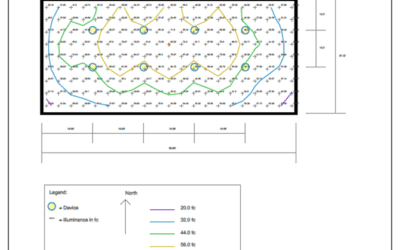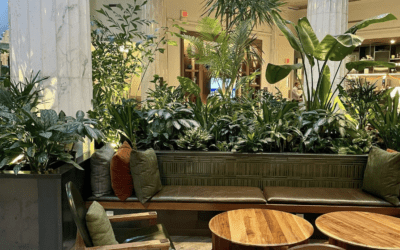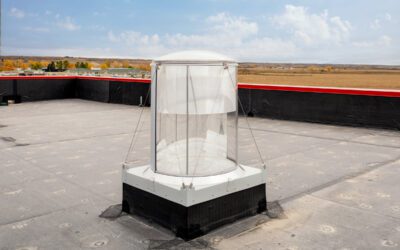Parks + Recreation
Daylighting for Parks + Recreation
Daylighting and long-life LEDs in public spaces such as transportation facilities, parks, recreational buildings, and trail systems can provide a solution for lighting these facilities in an environmentally conscious, cost-effective manner.
At Daylight Specialists, we can demonstrate how these and other daylighting solutions lower energy costs, reduce your building’s carbon footprint, and create a happier, healthier, safer environment for the public.
Why Choose Daylighting
With interior daylight systems, we can harness the sun’s natural, beautiful, healthful light while reducing electricity and maintenance costs and improving public experience. The effective use of daylighting can:
- Add brightness and openness to interior spaces
- Support the physical and emotional health of visitors and employees
- Enhance visitor experiences
- Reduce reliance on electricity
- Reduce environmental impact
- Improve visibility
- Reduces energy and maintenance costs
- Supports green building objectives
- Reinforce the natural environment in and around park and recreation buildings
Benefits of Daylighting For Parks & Recreational Spaces
Parks, recreation buildings and facilities, and trail systems are operated and maintained by cities to provide healthy, fun, community-based activities for residents and visitors. At Daylight Specialists, we can deliver natural daylight into park buildings, consistent with the natural elements of the park. In addition, LED lights can be integrated with daylight and motion sensors, preventing wasted energy during times of non-occupancy. These smart wireless lighting systems allow cities to control and maintain lighting of parks and recreation buildings with minimal labor and cost.
Transportation facilities such as bus stations, light rails, and airports can benefit from daylighting solutions by reduced energy costs while providing a secure and aesthetically pleasing environment for passengers. Effective lighting creates a sense of openness and safety for everyone passing through.
Additionally, daylighting creates a safer environment by improving visibility. This is particularly helpful for older visitors. According to the Illuminating Engineering Society, people aged 55 and older require lighting that is 2.3 times stronger than their 25-year-old counterparts.
Daylighting Gallery: Parks & Recreation
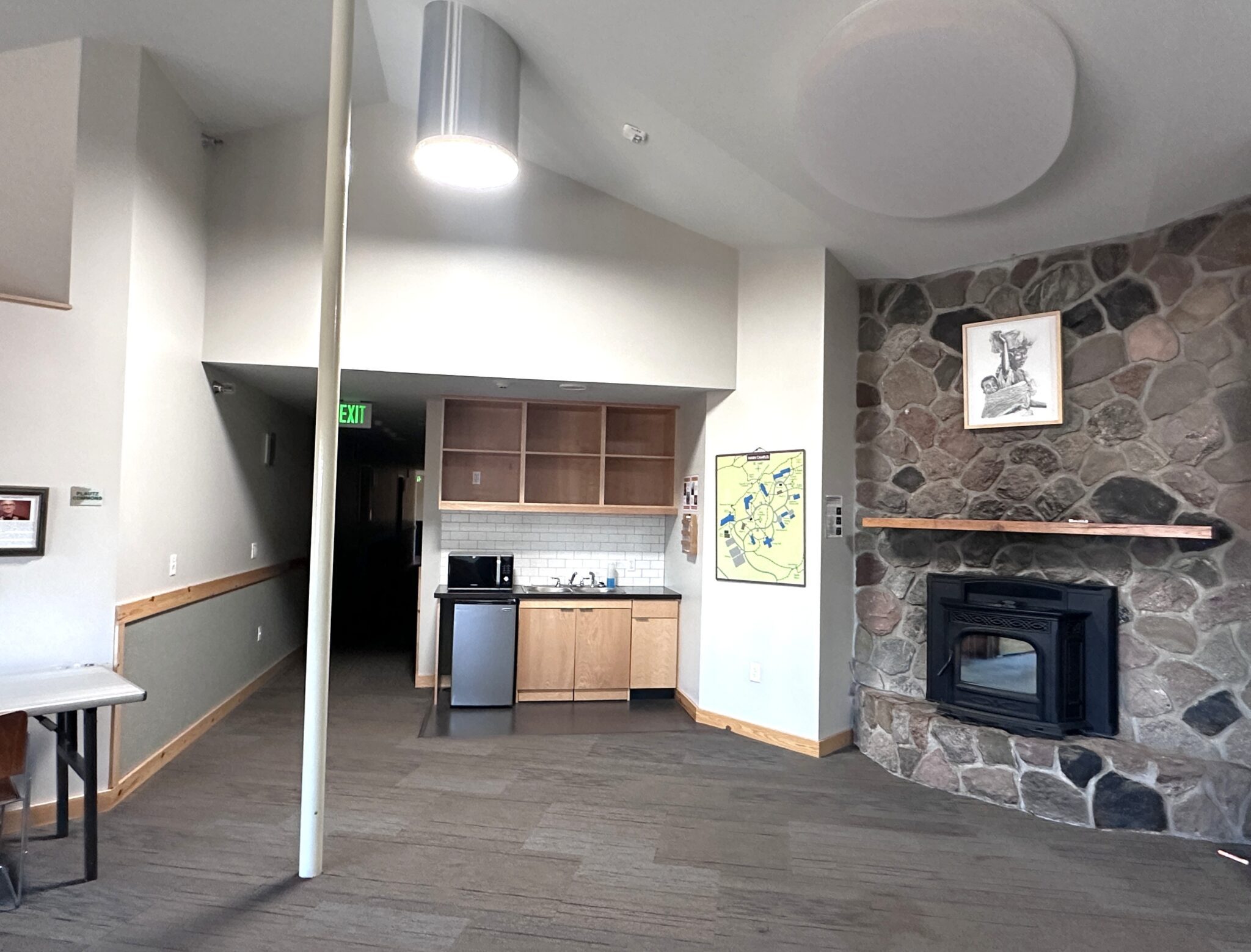
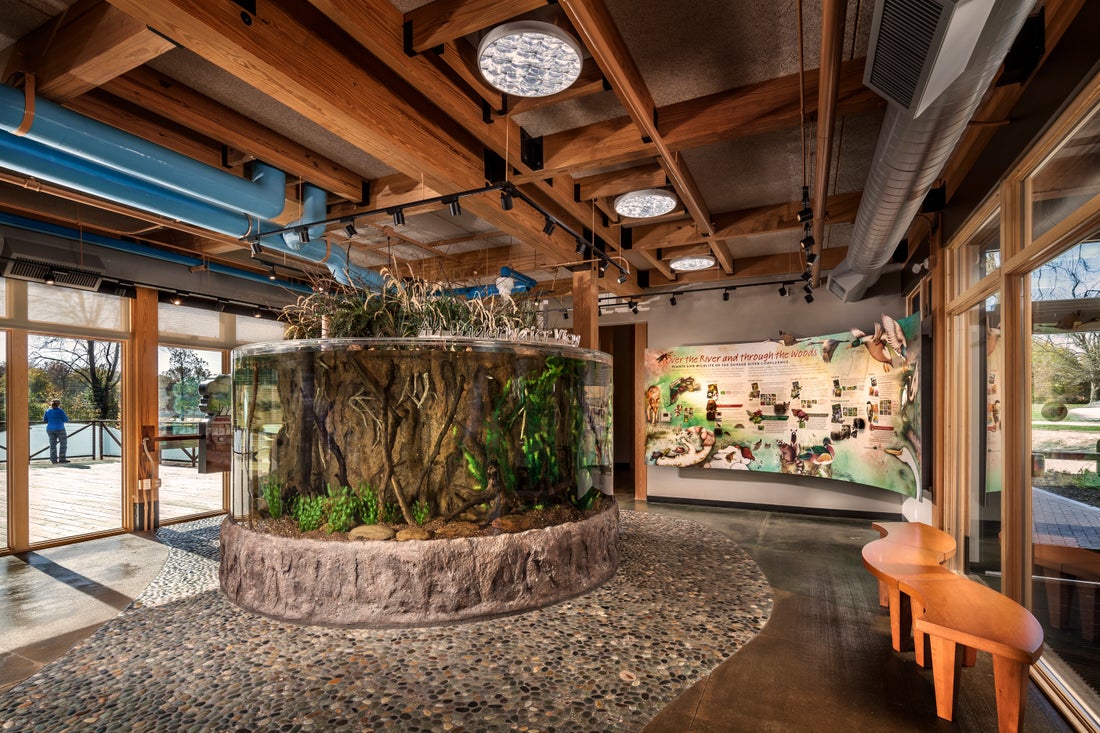
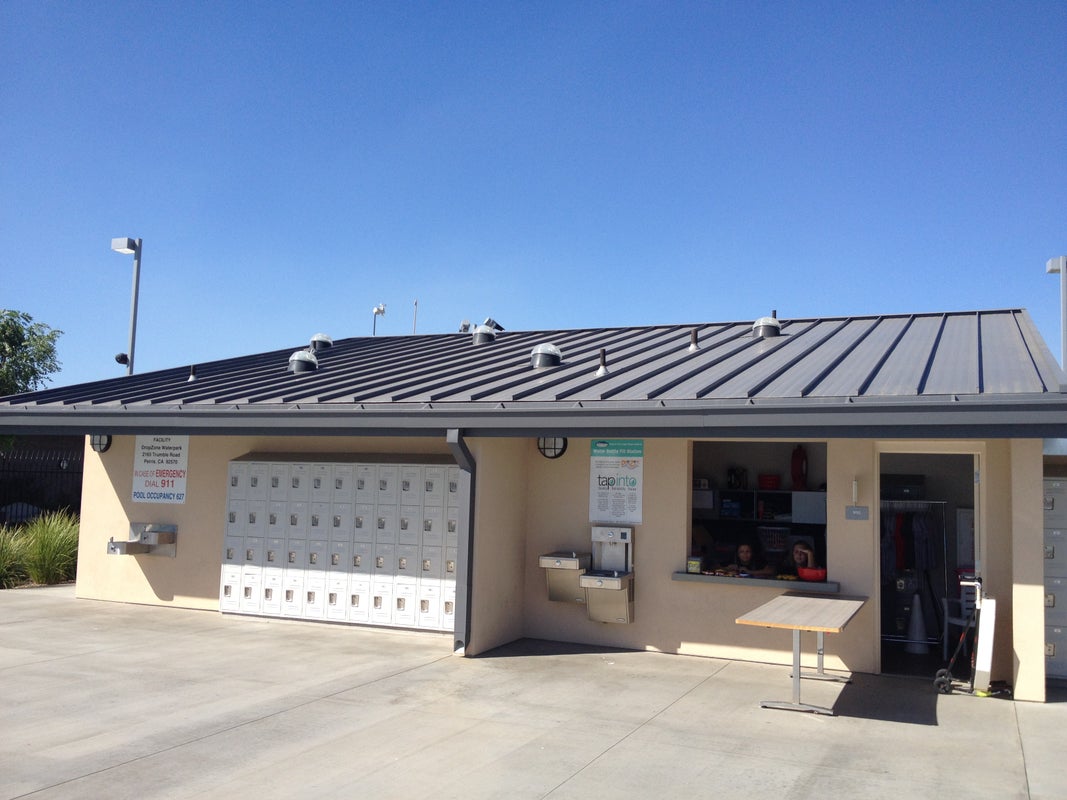

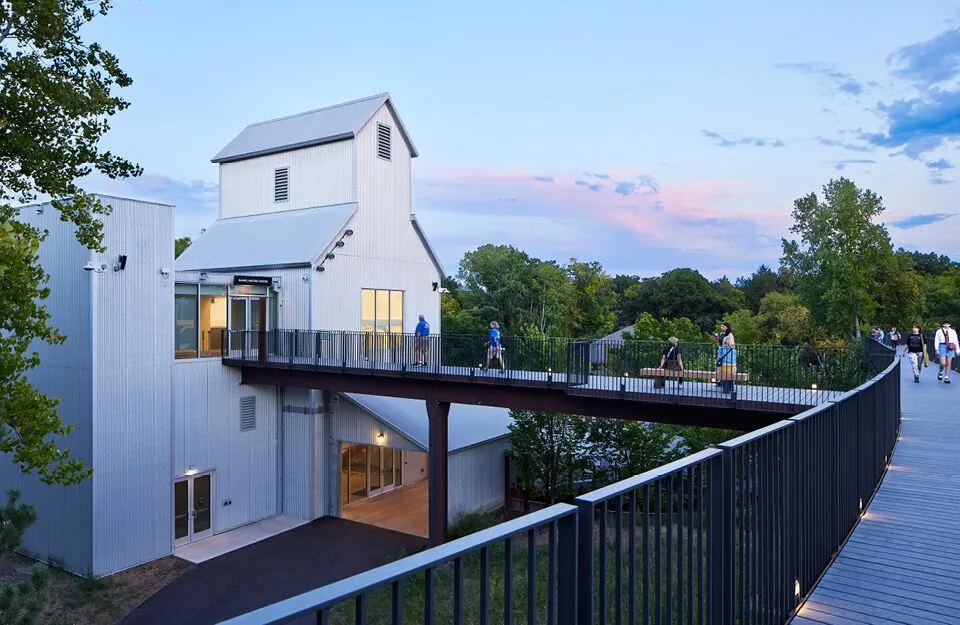
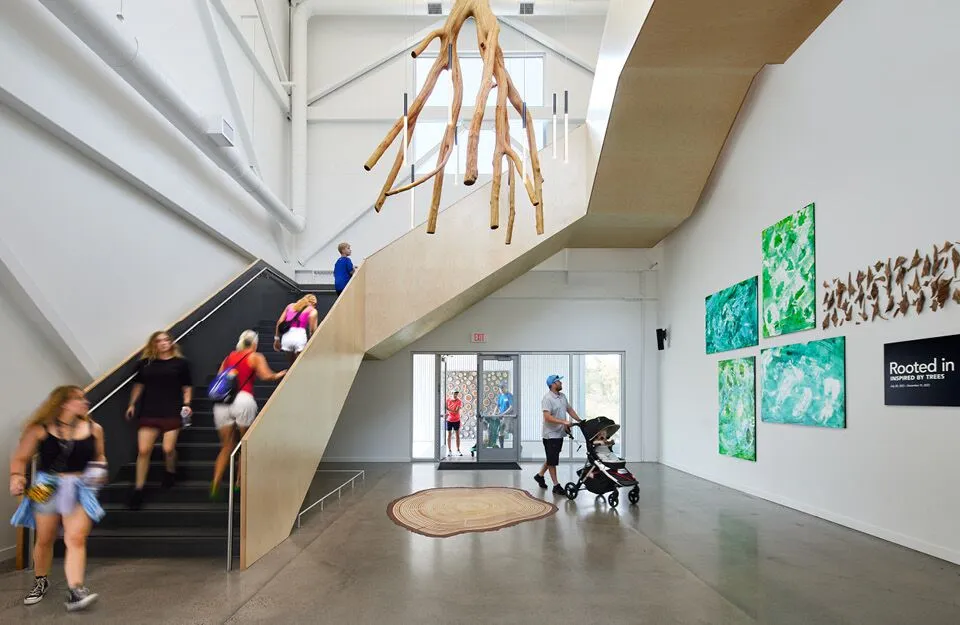
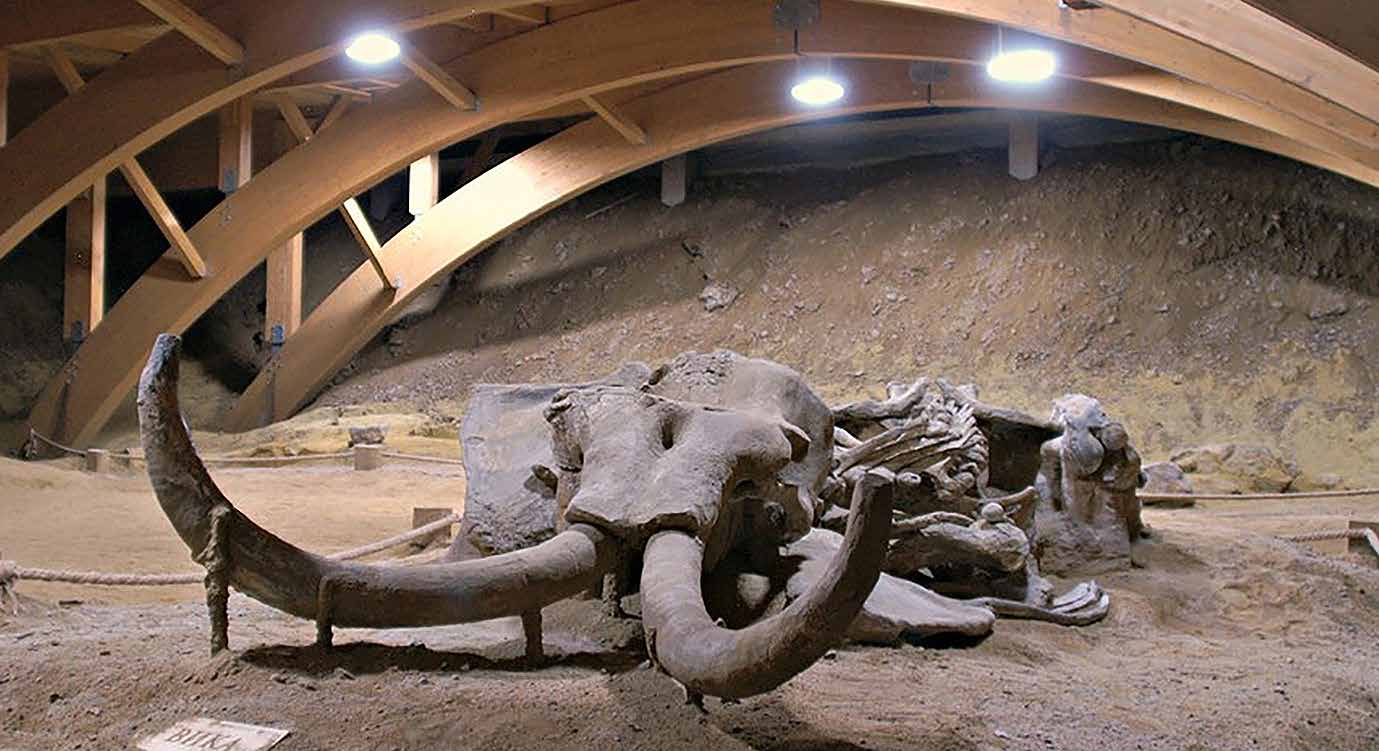
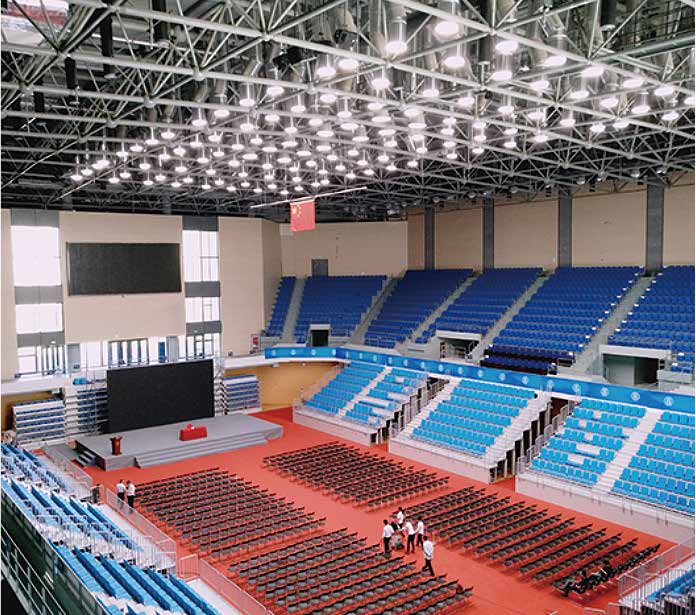
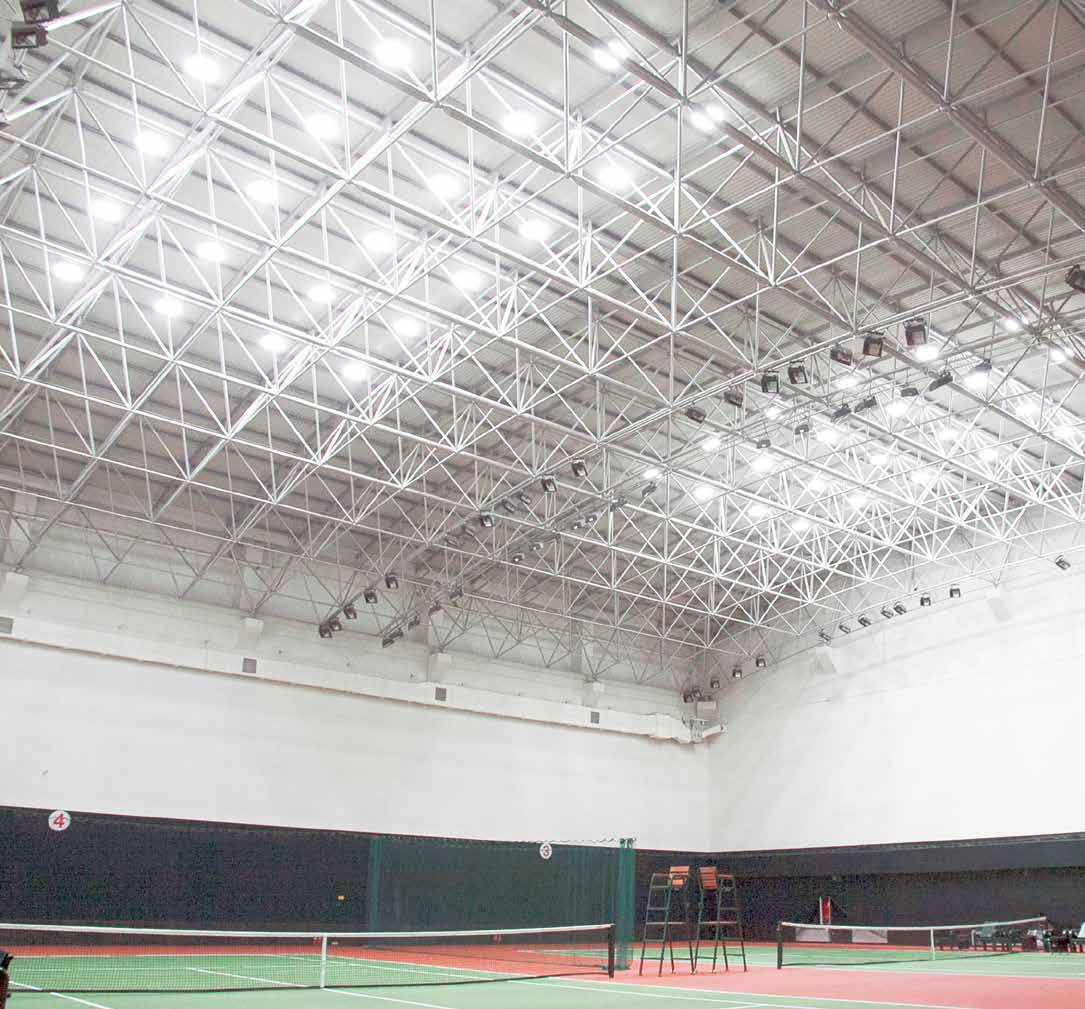

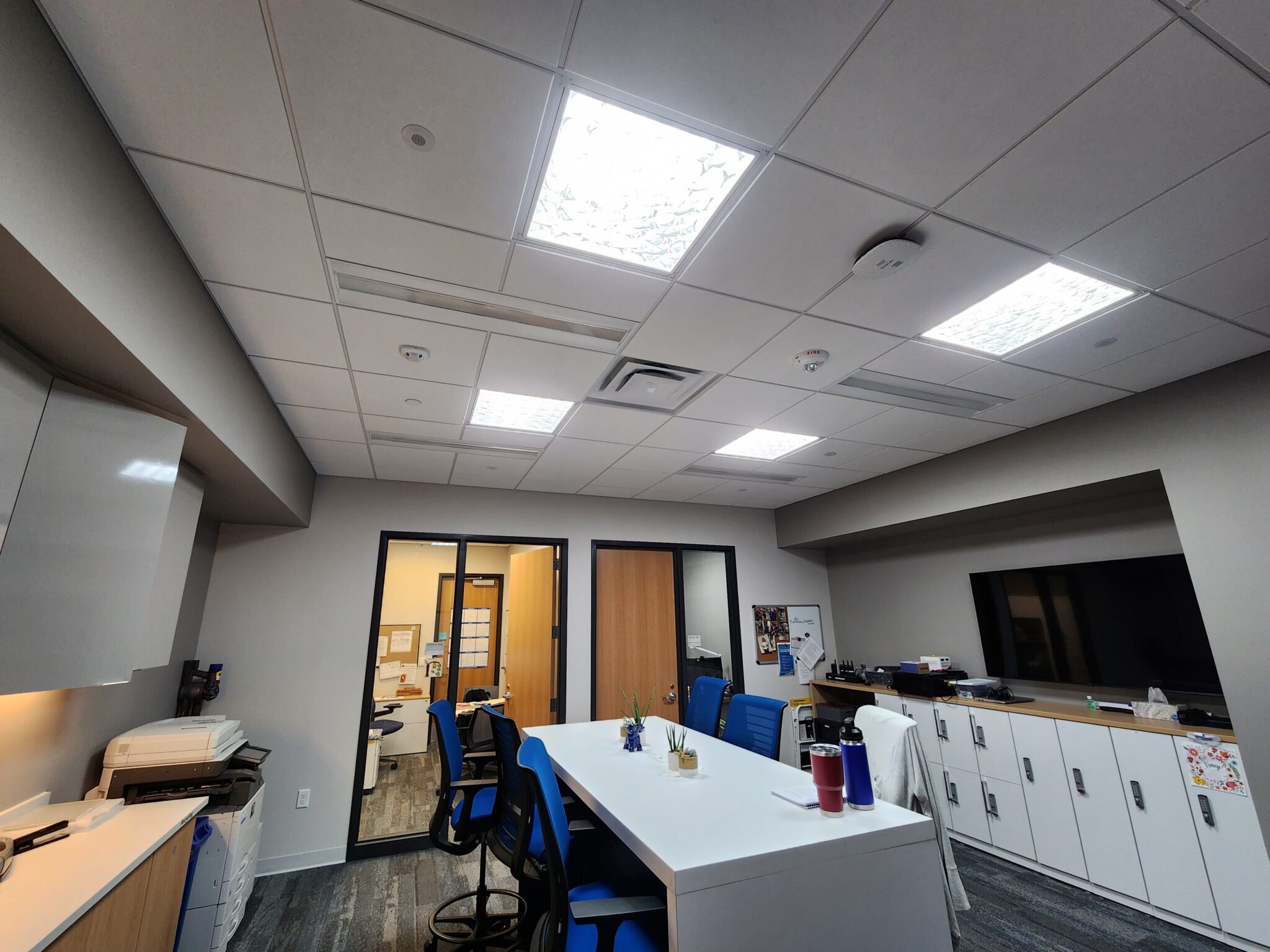
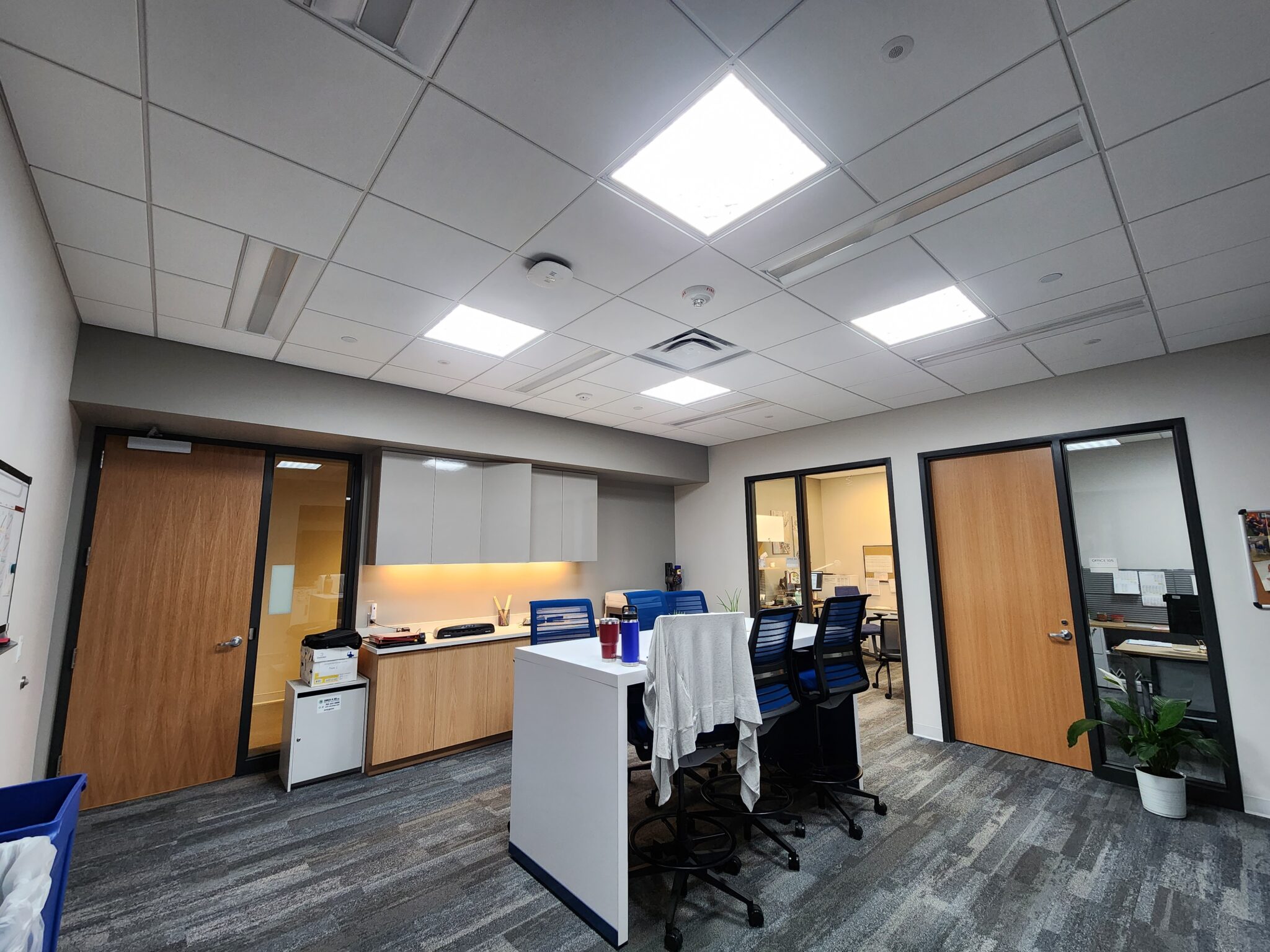
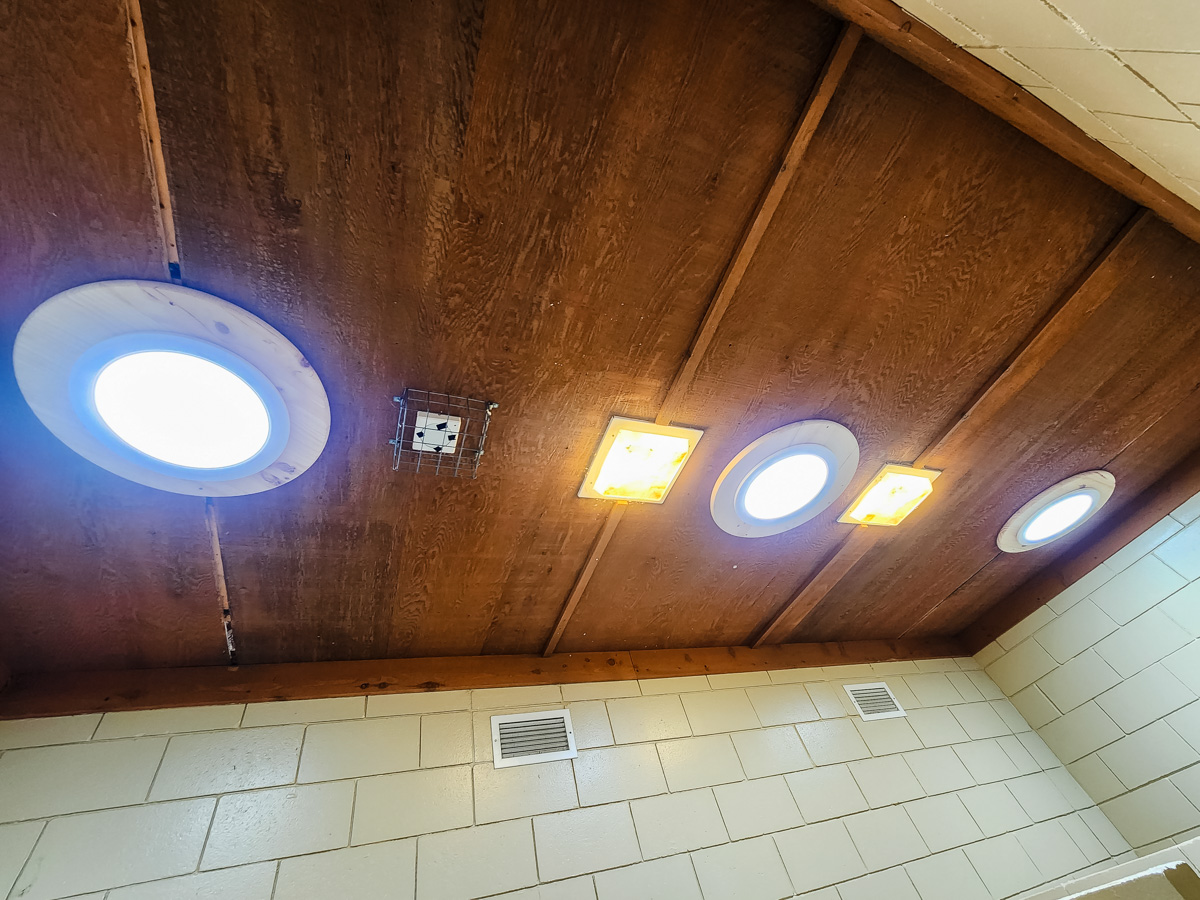
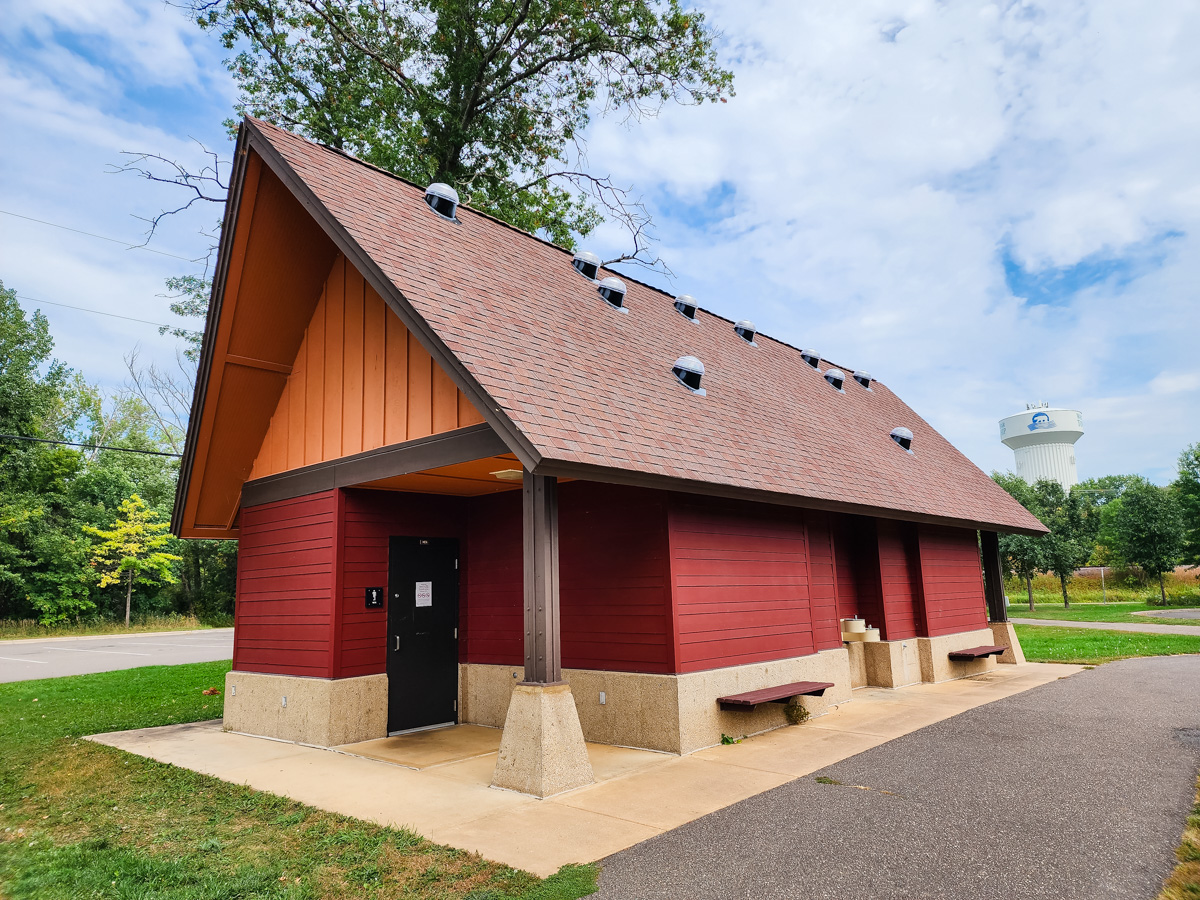
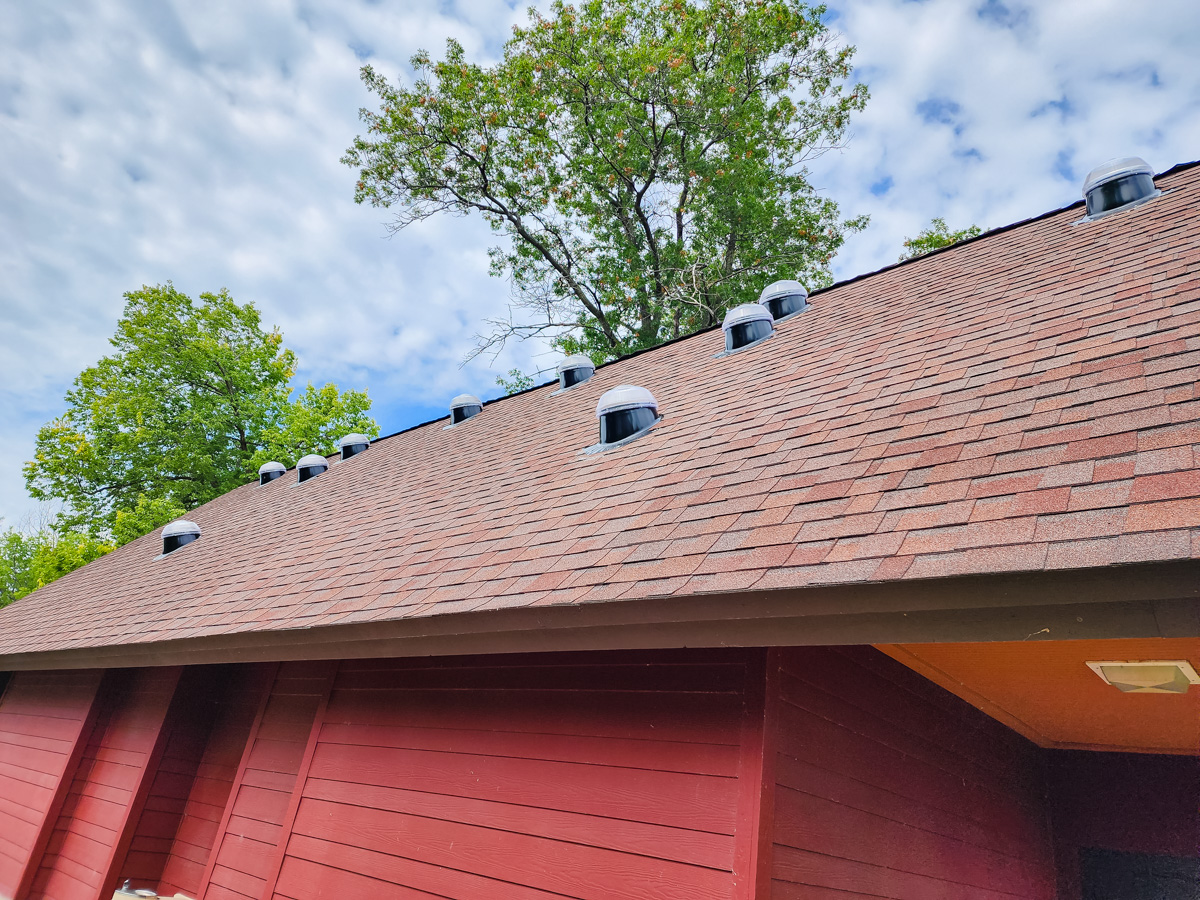

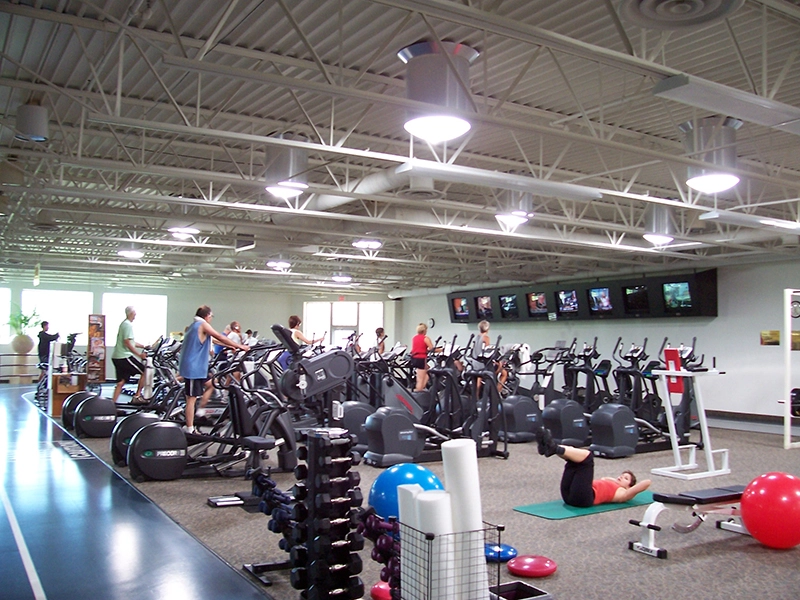
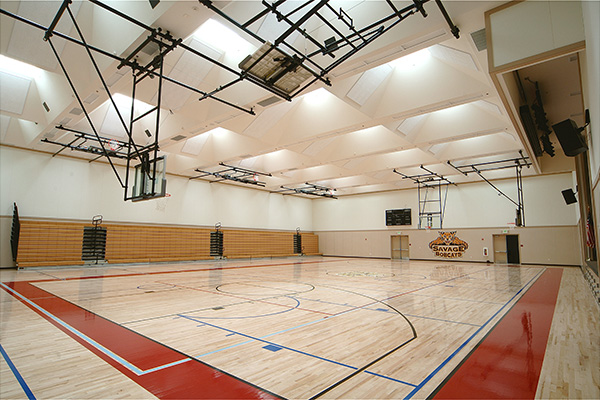
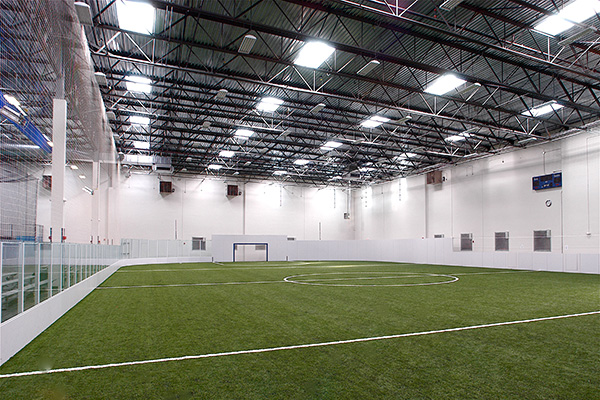
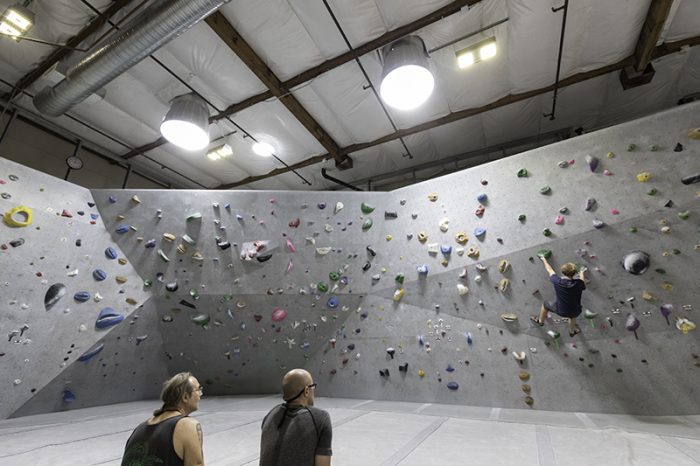
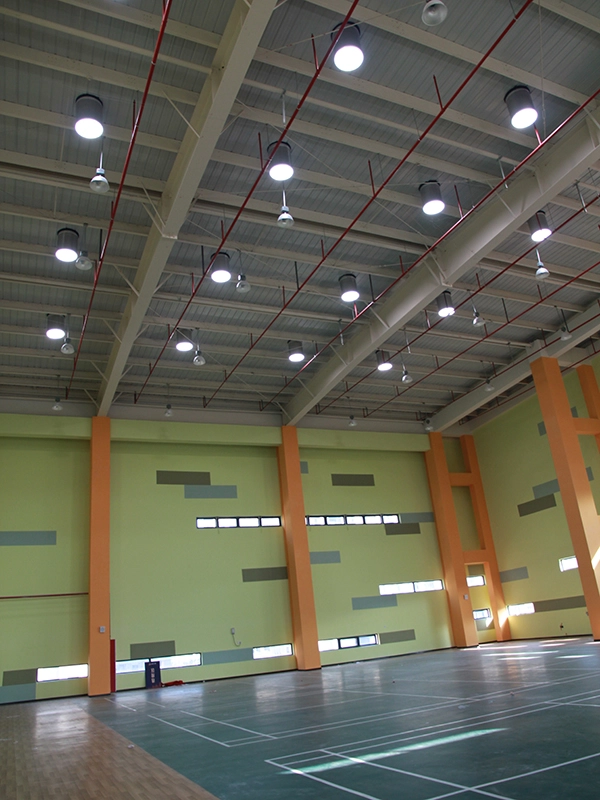

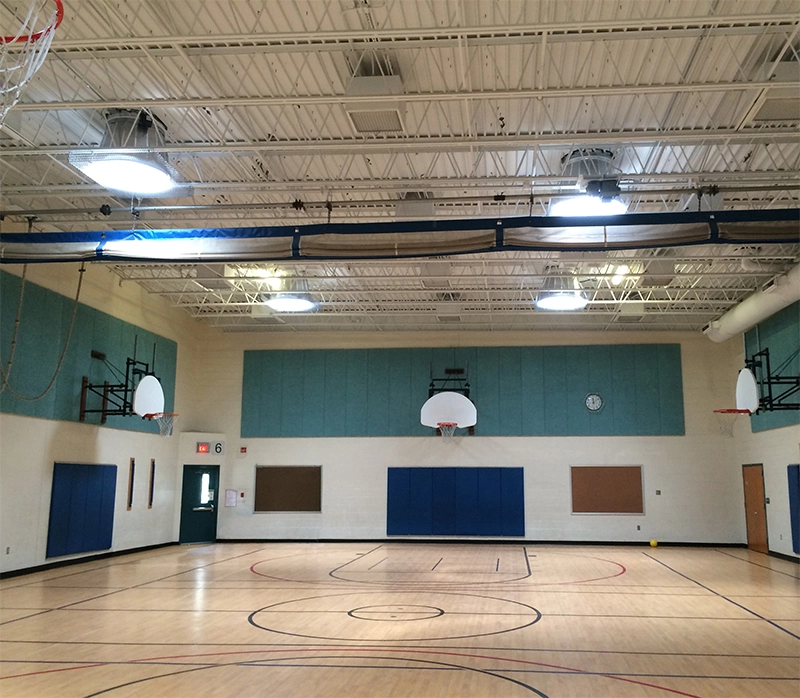
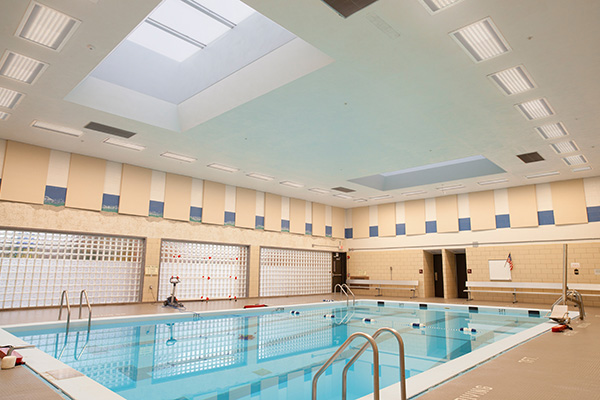
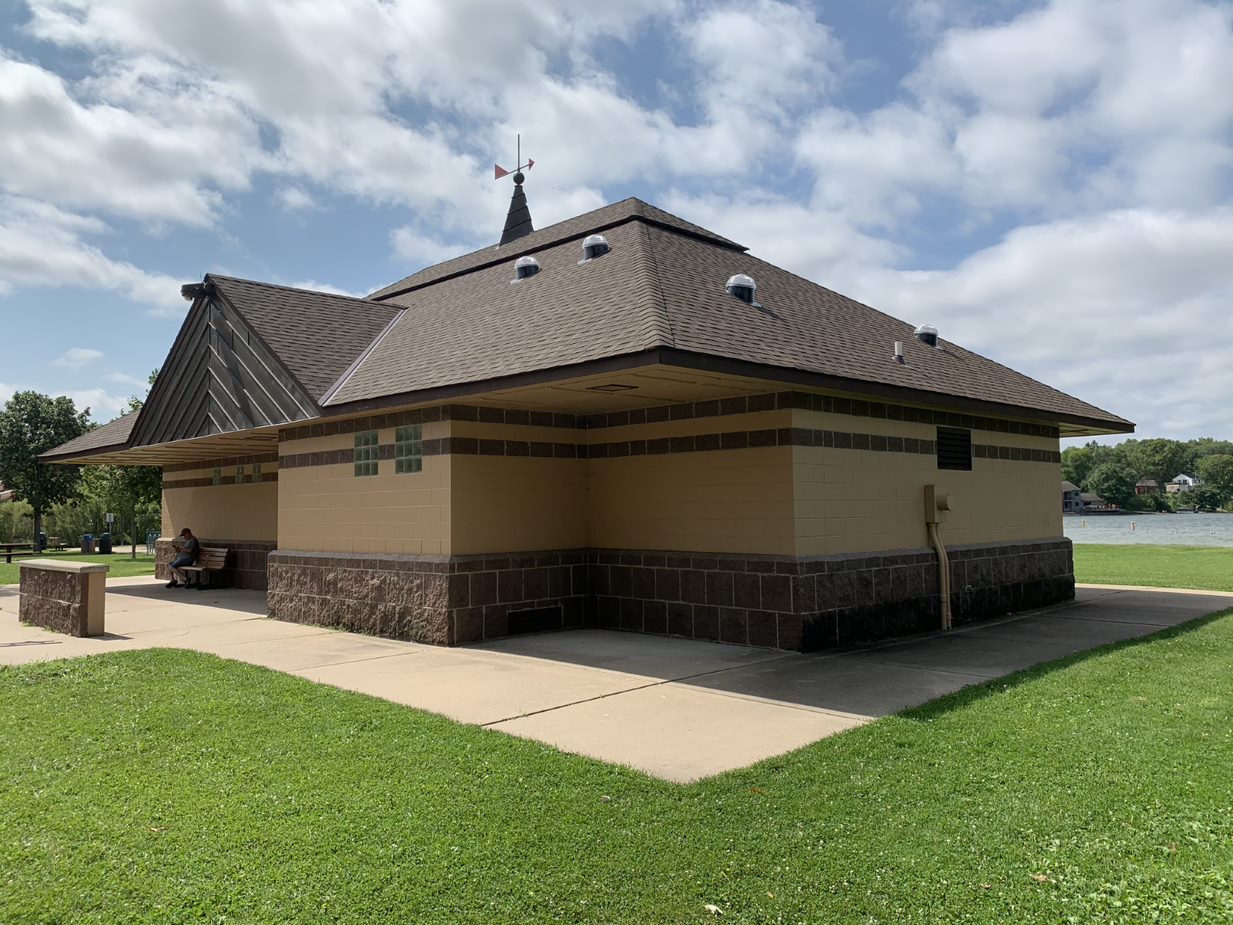
Frequently Asked Questions
text
text
Why is daylighting important for parks and recreation facilities?
What types of parks and recreation facilities can benefit from daylighting?
Can daylighting affect the sustainability and environmental impact of parks and recreation facilities?
How does daylighting impact the user experience in parks and recreation facilities?
What are the potential challenges in implementing daylighting in parks and recreation facilities?
Can Daylight Specialists assist in implementing daylighting solutions in parks and recreation facilities?

How the Solatube Design Calculator Optimizes Natural Light in Your Project
Daylight is one of the most valuable design elements in commercial architecture. Studies consistently show that well-designed daylighting strategies improve occupant well-being, energy efficiency, and overall building performance. Yet, integrating daylight effectively...
Transformations Achieved Through Strategic Daylighting
Daylighting is a powerful design tool that harnesses the natural light available outside to illuminate interior spaces. It not only reduces energy consumption by minimizing the need for artificial lighting, but it also improves the overall well-being of occupants,...
Daylighting Retrofits: Overcoming Challenges and Maximizing Impact
Daylighting retrofits are becoming increasingly popular as businesses seek ways to reduce energy consumption and create more inviting, healthier spaces. Retrofitting existing buildings with daylighting systems is a cost-effective way to bring natural light into spaces...

